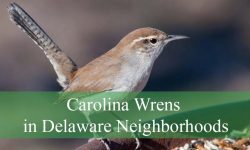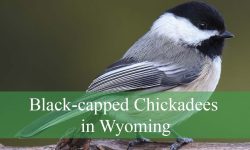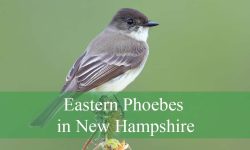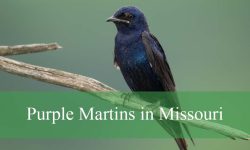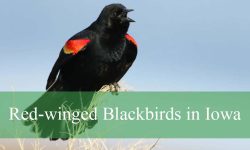Eagles are some of the most powerful and admired birds of prey in North America, and Nevada is home to two impressive species. With its vast deserts, soaring mountains, and expansive lakes, the state provides excellent habitats where these raptors can flourish. For bird enthusiasts, seeing an eagle in flight over the Nevada landscape is a breathtaking experience.
The Bald Eagle and the Golden Eagle are the only two species found in Nevada, each with unique characteristics. The Bald Eagle, the national bird of the United States, visits Nevada mainly during the winter months near lakes and reservoirs rich in fish. The Golden Eagle, on the other hand, is a year-round resident that thrives in the state’s open spaces and rugged terrain.
Exploring Nevada’s wild areas offers incredible chances to spot these birds in their natural environment. From lake shores to desert valleys and mountain foothills, understanding how to identify eagles and knowing the best times to observe them makes every encounter even more rewarding.
Different Types of Eagles in Found Nevada
Bald Eagle (Haliaeetus leucocephalus)
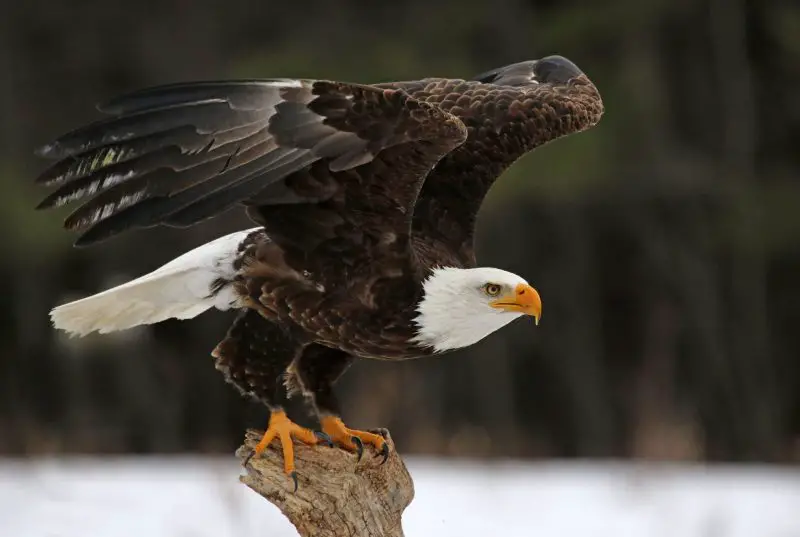
The Bald Eagle is one of the most recognizable birds in Nevada, known for its striking white head and tail that contrast sharply with its dark brown body. Adults typically measure between 28 to 40 inches in length, with an impressive wingspan ranging from 6 to 7.5 feet. Immature eagles lack the signature white head and tail, instead appearing mostly brown with some mottling until they reach maturity at around five years of age.
This eagle is most often seen near lakes, rivers, and reservoirs in Nevada, as it prefers habitats with abundant fish. Lahontan Reservoir and Lake Mead are among the prime locations to spot them, especially during the winter months when northern populations migrate south. Their massive nests, built high in tall trees or on cliffs, can be reused and added to for many years.
Bald Eagles are primarily fish eaters, swooping down to snatch their prey with powerful talons. However, they are also opportunistic feeders, often scavenging carrion or stealing food from other birds. In Nevada, their diet may include waterfowl and small mammals when fish are scarce.
The best time to see Bald Eagles in Nevada is in winter, particularly from November through March. They are often observed perching near shorelines, soaring above open water, or congregating around areas with high fish activity. Their regal flight and piercing call make them a thrilling sight for birdwatchers.
Golden Eagle (Aquila chrysaetos)
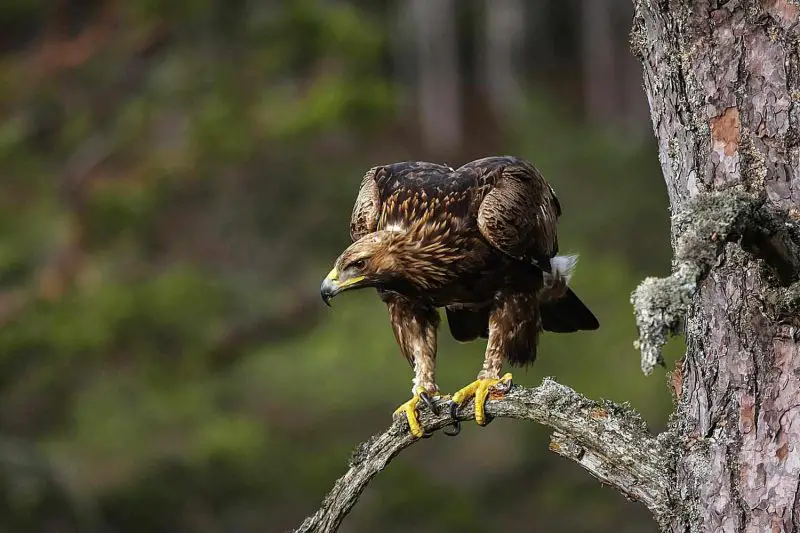
The Golden Eagle is another majestic bird of prey found throughout Nevada and is slightly larger on average than the Bald Eagle. Adults are easily recognized by their dark brown plumage, with golden feathers on the back of the head and neck that give the species its name. They range from 27 to 33 inches long, with a wingspan of 6 to 7.5 feet, and females are generally larger than males.
Unlike the fish-dependent Bald Eagle, Golden Eagles prefer wide open country such as deserts, mountains, and grasslands. Nevada’s rugged terrain provides excellent nesting sites, often on cliffs or in tall trees overlooking hunting grounds. They are most commonly seen soaring gracefully at great heights, using keen eyesight to scan for prey below.
Golden Eagles are powerful hunters, feeding primarily on mammals such as rabbits, ground squirrels, and prairie dogs. They are also capable of taking larger prey, including foxes and young deer, though this is less common. In Nevada’s desert regions, they adapt well to the available prey base, making them one of the most successful raptors in the state.
These eagles can be observed year-round in Nevada, with higher chances of sightings in open valleys, mountain foothills, and remote desert areas. Their silent flight, commanding presence, and impressive hunting skills make them one of the most iconic birds in Nevada’s skies.
Best Time and Place to See Eagles in Nevada
The Bald Eagle is most reliably seen in Nevada during the winter months, from November through March, when northern populations migrate south to escape frozen waterways. Key viewing spots include Lahontan Reservoir, Lake Mead, Pyramid Lake, and Washoe Lake, where they gather near open water in search of fish. Early mornings and late afternoons are the best times to see them perched in tall trees or soaring low over lakeshores.
The Golden Eagle, unlike the Bald Eagle, is present in Nevada year-round. They favor wide open spaces such as Great Basin valleys, desert plains, and mountain foothills, where they soar in search of prey. The best time to observe Golden Eagles is midday, when rising thermals help them glide effortlessly over large hunting territories. Locations like the Ruby Mountains, Spring Mountains, and remote desert regions are prime for spotting these powerful raptors.
For birdwatchers, winter eagle festivals and organized birding tours in northern Nevada provide excellent opportunities to see both species. With binoculars or spotting scopes, observers can watch these birds hunt, perch, and interact in their natural environments without disturbing them.
FAQs about Eagles in Nevada
How many types of eagles are found in Nevada?
Nevada is home to two eagle species: the Bald Eagle and the Golden Eagle. Both are protected and play vital roles in the state’s ecosystems.
Are Bald Eagles common in Nevada?
Bald Eagles are not permanent residents but are fairly common in winter, especially near large lakes and reservoirs where fish are abundant.
Can I see Golden Eagles all year in Nevada?
Yes. Golden Eagles are year-round residents and can be spotted in open desert landscapes, mountains, and valleys across the state.
What do eagles eat in Nevada?
Bald Eagles mainly eat fish, but they also feed on waterfowl and carrion. Golden Eagles primarily hunt mammals such as rabbits, ground squirrels, and prairie dogs.
Where is the best place to see eagles in Nevada?
For Bald Eagles, the best places are Lahontan Reservoir, Lake Mead, Pyramid Lake, and Washoe Lake during winter. Golden Eagles are best seen in mountain ranges and desert plains like the Ruby Mountains and Spring Mountains year-round.

